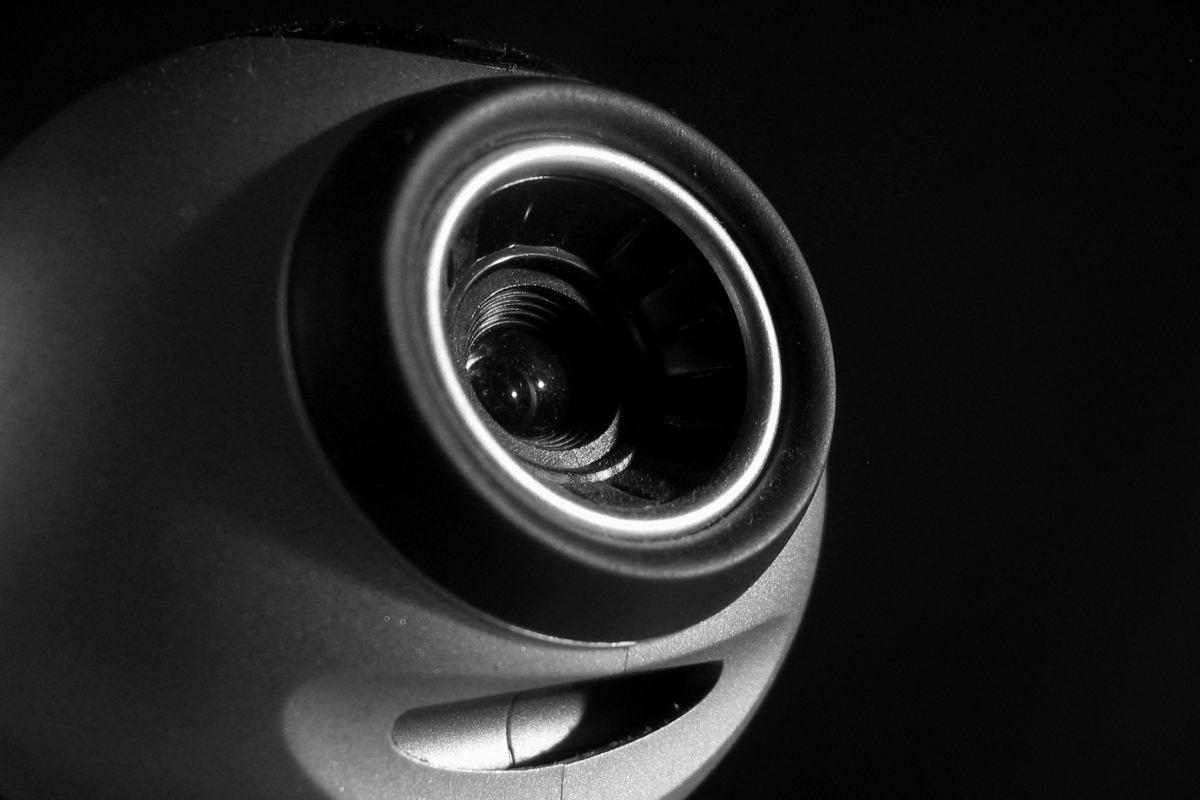Chances are, you’ve got at least one device with a webcam built-in, or you might have even splashed out on an external one. Either way, they’re great for online conferencing, chatting with family and friends, recording videos, and even logging in with facial recognition.

However, with these extra features come with some added security concerns. It might seem like your paranoia has finally materialised: yes, webcams can be hacked and controlled remotely, allowing others to take a peek at your daily life. And it can happen far easier than you might think.
Even Facebook CEO Mark Zuckerberg has admitted to placing tape over his webcam as a security precaution. As for the rest of us, do we need to go quite so far? Let’s take a look at some less-brutish ways you can secure your webcam.
##1. Beware of Clickjacking## Have you ever been asked for permission when a website needs to access your camera?
You can accidentally grant these permissions if a site sneakily hides this permission button under another user interface element, such as a menu, or a ‘play’ button on a video.
This sly technique is known as ‘Clickjacking’, and awareness is the best defense: check out our guide for more information on this little-known threat.
##2. Update your Webcam##
Yes, like anything else electronic, your webcam should be kept up to date. Its firmware controls the sort of permissions it will grant, and security holes in this vital piece of the equation can leave it vulnerable to attack.
If your webcam is external, it should have software (i.e. Logitech) that will offer an easy way to update your camera’s drivers and firmware.
Internal webcams can be updated using the device manufacturer’s update software (for example, a Lenovo or Dell laptop should offer a manufacturer-specific Update Center, usually available to download from their support website).
##3. Anti-malware and firewalls## There’s no escaping the need for regular malware scans, especially when there’s a webcam in the mix.
Make sure you’re using a comprehensive, antivirus package with real-time scanning. Even more importantly for webcam security, consider installing a firewall (or even configuring the Windows or OSX default).
To learn more about firewalls, take a look at our Firewalls 101 guide.
##4. Webcam protection software## Yes, special utilities even exist that will let you know when your webcam is being accessed, independently of the status light or any other software.
This can help mitigate the threat of a browser hijack (such as clickjacking) leading to your webcam being accessed without your knowledge.
Decent solutions, however, can be hard to find: many potentially unwanted programs do masquerade as legitimate webcam utilities, and Mac users might find themselves left out.
If you’re a Windows user who’d like to try out webcam protection software, the free utility Safetized is a clean and simple starting point.
##5. Disable your webcam (or unplug it!)## If you don’t use your webcam too often, unplugging it (if external) or simply disabling it can be a pretty failsafe option if you just don’t feel like risking it. Users running Windows 8 and up can follow this link to see how it’s done.
If you’re a Mac user, turning off your webcam can involve some third-party software, but is still a possibility. Check out this guide to learn how.
